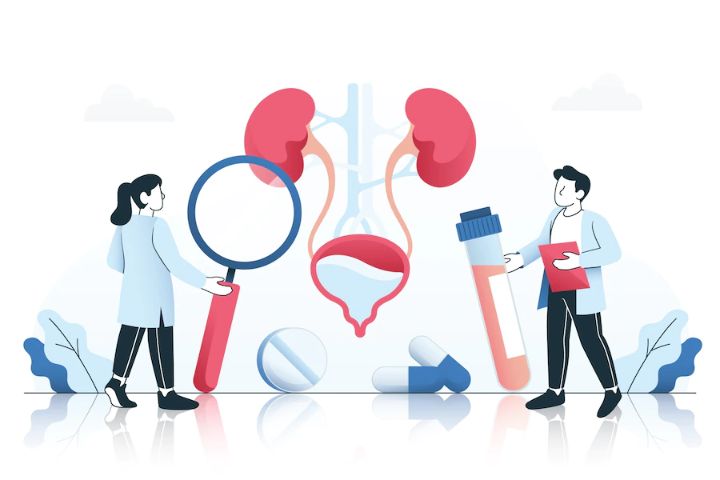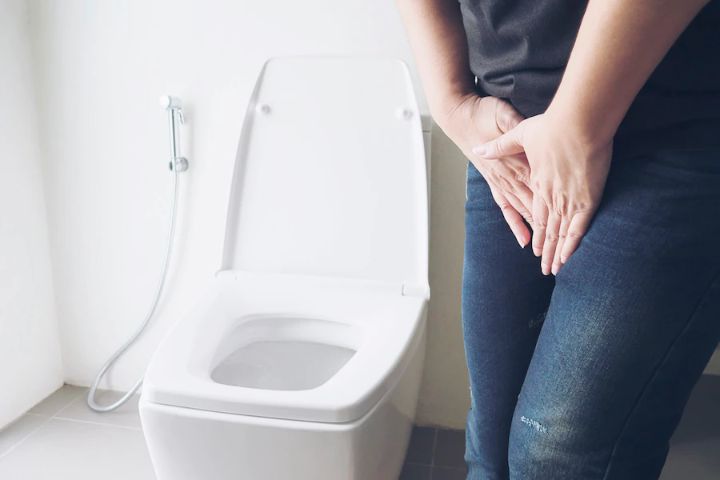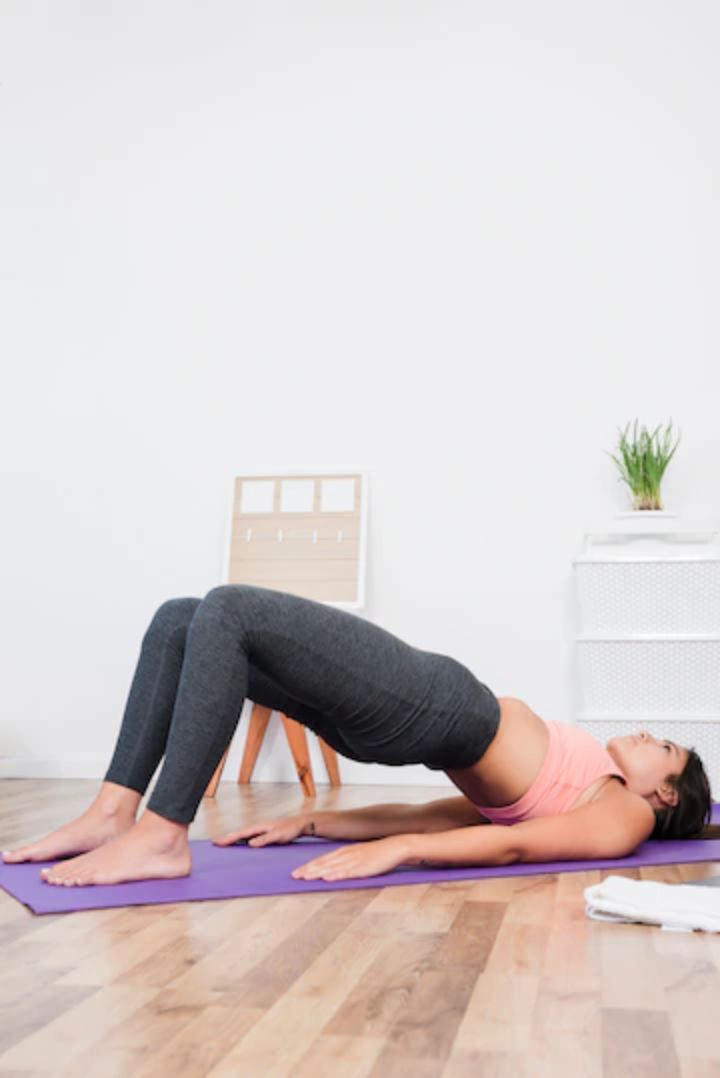If you find yourself rushing to the bathroom too often or experiencing sudden urges to pee, you may be suffering from Overactive Bladder (OAB). OAB is a common condition that affects millions of people of all ages, genders, and backgrounds.
OAB occurs when the bladder muscle contracts too frequently, causing a sudden and uncontrollable urge to urinate. This can lead to other symptoms such as frequent urination, urinary leakage or incontinence, and even depression or anxiety due to the impact it has on a person’s quality of life.
With the right treatment plan and lifestyle adjustments, OAB symptoms can be effectively managed, allowing individuals to regain control over their bladder and their lives.
Overactive Bladder, commonly called OAB, is a medical condition characterised by sudden and involuntary contractions of the bladder muscles, causing an urgent need to urinate frequently.

Photo Credit: pikisuperstar
The bladder is a muscular sac in the pelvis that stores urine until it is ready to be expelled. In people with OAB, the bladder muscles may contract uncontrollably, even when the bladder is not full, resulting in sudden urges to urinate frequently.
The exact causes of OAB are not clear, but the following factors may contribute to its development:
In some cases, OAB may occur without an underlying cause.
The bladder muscle plays a crucial role in OAB. When the bladder is full, the muscles relax, allowing the bladder to hold more urine. When it’s time to urinate, the brain sends a signal to the bladder muscles to contract and expel urine from the body. In people with OAB, these contractions may occur involuntarily, even when the bladder is not full, leading to frequent urination and urinary urgency.
The capacity of the bladder also plays a role in OAB. The average adult bladder can hold up to 16 ounces (480 milliliters) of urine comfortably. However, people with OAB may experience the urge to urinate when the bladder is only partially full.
If you experience symptoms of OAB, seeking medical advice to determine the underlying cause and receive appropriate treatment is essential. You can improve your symptoms and regain control over your life with the right treatment plan and lifestyle adjustments.
Overactive bladder (OAB) can cause a range of symptoms that can vary in intensity from person to person. The most common symptoms of OAB include:
These symptoms can significantly impact a person’s quality of life, affecting their ability to work, travel, and socialize. They can also lead to anxiety and embarrassment, causing some people to avoid social situations altogether.

Photo Credit: jcomp
In addition to the above symptoms, some people with OAB may experience urinary leakage or incontinence during physical activities such as exercise, lifting, or bending. This is known as stress incontinence and is often related to weakened pelvic floor muscles.
Diagnosing overactive bladder (OAB) typically involves a series of medical tests and evaluations. If you are experiencing symptoms of OAB, such as urinary urgency, urinary frequency, or urinary leakage, it is important to seek medical advice.
In the initial evaluation, your healthcare provider will likely conduct a medical history and physical exam. They will ask questions regarding your symptoms, medical history, and medications. They will also perform a physical exam, which may include a pelvic exam for women and a prostate exam for men.
Your healthcare provider may also recommend diagnostic tests to help confirm an OAB diagnosis. These tests may include:
Based on the results of these evaluations, your healthcare provider can determine whether you have OAB or another underlying condition causing your symptoms. From there, they can work with you to develop an individualized treatment plan.

Photo Credit: vector4stock
Overactive bladder (OAB) can be managed effectively with a range of treatment options. These may include:
It’s important to remember that treatment plans for OAB are individualized and will vary depending on the severity of symptoms, overall health, and personal preferences. Working with a healthcare professional is key to finding the most effective treatment plan for you.
One of the most effective ways to manage the symptoms of overactive bladder (OAB) is through pelvic floor exercises. The pelvic floor is a group of muscles that support the bladder and other pelvic organs. When these muscles are weak or become dysfunctional, it can lead to OAB symptoms such as urinary urgency, frequency, and leakage.
Pelvic floor exercises, also known as Kegels, can help strengthen these muscles and improve bladder control. Research has shown that pelvic floor exercises can significantly reduce OAB symptoms and improve quality of life for those who suffer from this condition.

Photo Credit: Freepik
In addition to improving bladder control, pelvic floor exercises can help with other issues contributing to OAB, such as constipation and urinary incontinence. They can also be beneficial for individuals with nerve damage or spinal cord injuries.
Pelvic floor exercises involve contracting and relaxing the pelvic floor muscles. To do these exercises, follow these steps:
It’s important to note that pelvic floor exercises may only work for some with OAB. In some cases, other treatments such as medication or surgery may be necessary. It’s always best to consult a healthcare professional to determine the best treatment plan for your needs.
Pelvic floor exercises can be a simple yet effective way to manage OAB symptoms and improve quality of life. By strengthening these muscles, individuals can regain control over their bladder and reduce the impact that OAB has on their daily activities.
OAB is a syndrome with frequent and sudden urges to urinate, while urge incontinence is the involuntary leakage of urine that happens during a strong urge to urinate.
Urgency is the strong need to urinate, while urge incontinence is the leakage of urine that occurs with this urgent sensation.
An overactive bladder can cause urge incontinence due to sudden and uncontrollable urges leading to involuntary urine leakage.
Possible causes include overactive bladder, urinary tract infections, neurological disorders, bladder obstruction, pelvic floor dysfunction, certain medications, caffeine/alcohol consumption, and underlying medical conditions. Seek professional evaluation for proper diagnosis and treatment.